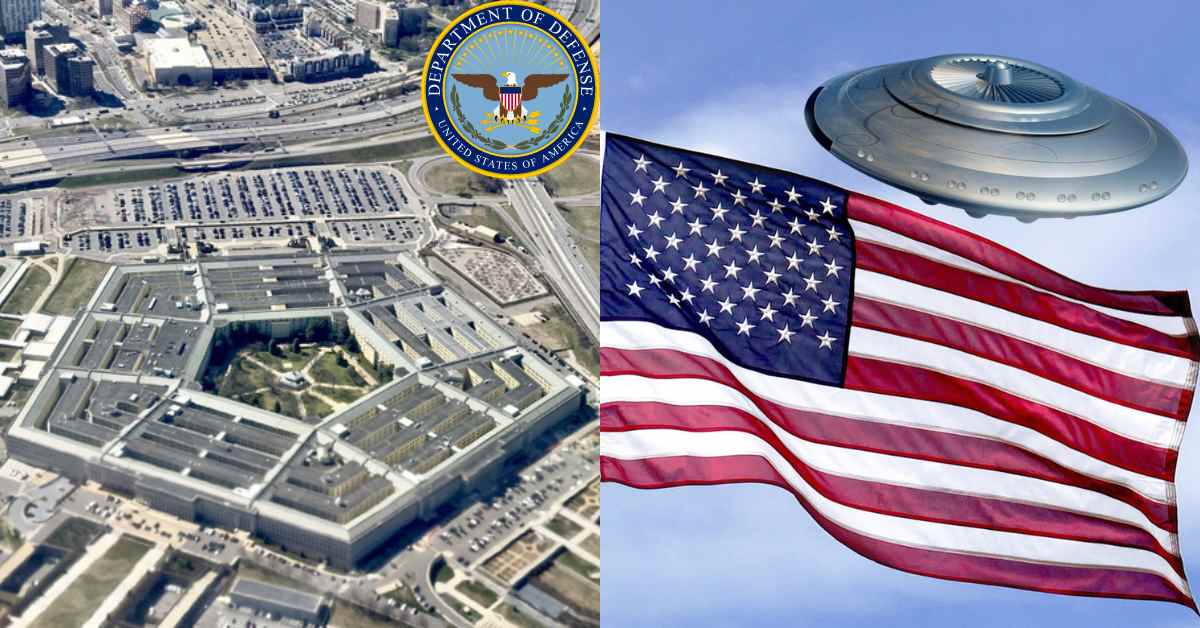The Pentagon has rolled out a new online tool where troops and federal employees can report sightings of unidentified aerial phenomena (UAP), previously known as UFOs.
The form is hosted by the All-domain Anomaly Resolution Office (AARO). It’s all about collecting experiences and data related to UAP, dating back to 1945. Rather than brushing off UFO sightings as tales from haunted places or works of fiction, the Pentagon is showing that it takes these reports seriously.
Share More About UFO Sightings
Sean Kirkpatrick, the Director of AARO, shared details about the new tool with reporters. It’s designed for current and former U.S. service members, government workers, and contractors. The new form for reporting invites them to share anything they know about U.S. government programs or activities related to UAP. This move is a response to criticism from lawmakers, who have been urging the Pentagon to share more information about UAP incidents.
UFO sightings have often relations to haunted places and science fiction. However, Kirkpatrick emphasized that the Pentagon’s approach is serious and data-driven. The information collected through the form will contribute to a congressionally mandated report due in June. It aims to investigate unexplained incidents and government programs related to UAP.
Can The Public Use The Tool?
However, the general public can’t use the form just yet. Kirkpatrick acknowledged the widespread interest in reporting UAP sightings. He said that they’re working on ways for the public to contribute in the future.
AARO evolved from the Airborne Object Identification and Management Group. It was established under last year’s National Defense Authorization Act to broaden its responsibilities. Kirkpatrick assured that the information submitted through the form and any follow-up interviews would be kept confidential.
Shocking Claims of A Former Intelligence Officer
The initiative follows a claim made by former intelligence official David Grusch in a House hearing in July. He accused the Pentagon of covering up evidence related to extraterrestrial crafts and beings. The Pentagon, however, denies these claims. Further, they say they haven’t found any verifiable information to support Grusch’s words.
Kirkpatrick encouraged anyone with firsthand knowledge of U.S. government UAP programs to step forward. They are allowed to use the new secure reporting tool. “We want to hear from you,” he said.
Conclusion
The Pentagon’s decision to gather information about UAP marks a shift away from treating such sightings as tales akin to haunted places. It shows a commitment to seriously investigating and understanding these phenomena. This step is signaling a new era to explore what we still don’t know. Every piece of information is valuable. What comes next, and whether it leads to groundbreaking discoveries, remains for further exploration.


